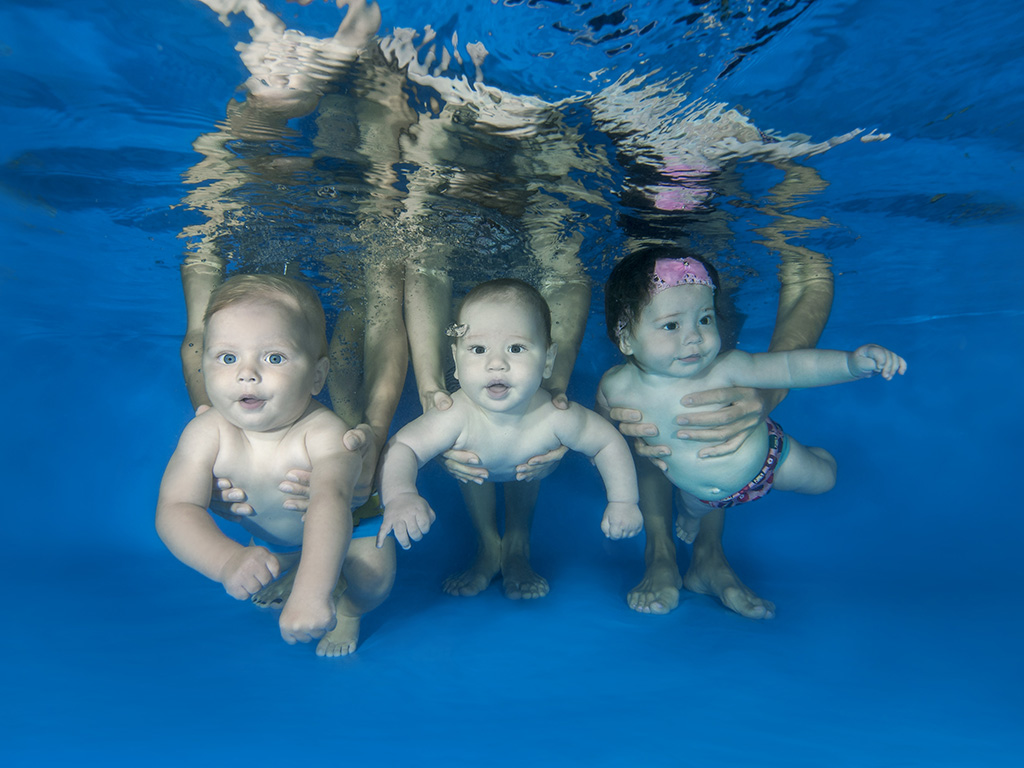Parents can enroll their toddlers in swimming lessons to help build water confidence and teach safety. But when it comes to drowning prevention, some experts are warning parents swimming lessons can do more harm than good.

There is no evidence showing swimming lessons prevent drowning for toddlers, according to the Canadian Paediatric Society. This is because many children under the age of four don’t have the developmental ability to master water survival skills and swim independently, the society said.
Barbara Byers of the Lifesaving Society said enrolling your toddlers in swimming lessons can create a false sense of security in parents.
“Toddlers are very curious and determined,” Byers said. “And if they see sparkling, glistening water they are going to want to go there.”
WATCH: Toddler’s near drowning a cautionary tale for parents

Byers said toddlers are a “high-risk group” and have a high drowning rate. Drowning is the second most common cause of death for children under five years of age in Canada, according to the Canadian Paediatric Society.
“They are too young to know how to swim well enough to keep themselves safe in water. They are not old enough to have cognitive ability to not go into water unless a parent is with them,” Byers said.
Barbara Morrongiello, a professor with the University of Guelph who studies drowning prevention, says swim lessons for toddlers can serve as an important lesson — it gets children more confidence and it can be fun.
However, as young children get better at swimming it can create overconfidence in the child and overestimation in the parent.

Get weekly health news
“Parents may think they won’t have to supervise as closely,” Morrongiello said.
This is dangerous thinking, she added, as drowning can happen in seconds and is silent. She said swimming lessons for toddlers should not be considered a drowning prevention strategy, but more of a way to familiarize a child to water.
There are classes that teach water safety and survival programs to infants in order to self-rescue.
WATCH: Controversial infant swimming resource explained

The Lifesaving Society of Canada and the Canadian Red Cross say theytakes a strong stance against the classes that promote “drowning prevention” in toddlers.
“The only way to prevent drowning in toddlers is supervision,” Byers said.
Solution
The Canadian Paediatric Society says toddlers should always be within arm’s reach of an adult when they are in or around water. This includes pools, bathtubs, beaches and other water sources.
Swimming lessons are a great opportunity for families to participate in fun activities that contribute to a healthy lifestyle. But on their own, they will not protect or prevent a child from drowning, the society states.
WATCH: Babies make a splash in swimming lessons for newborns
“What we recommend is the parents and toddlers go together for classes,” Byers said. “The benefit is the toddler gets an opportunity to water familiarize.”
Swimming instructors should also teach water safety to parents, she added. This includes the importance of controlling access to water and having your eyes on the toddler at all time, she said.
The Canadian Lifesaving Society and the Canadian Paediatric Society state a child can start taking swimming lessons to prevent drowning prevention usually after the age of four. This is when children become more competent swimmers and have cognitive abilities to learn about drowning prevention.
Morrongiello also recommends the Swim to Survive program for older children, which teaches kids the basic of drowning prevention, such as being able to roll into deep water, tread water for at least 60 seconds and swim a minimum distance of 50 metres.








Comments